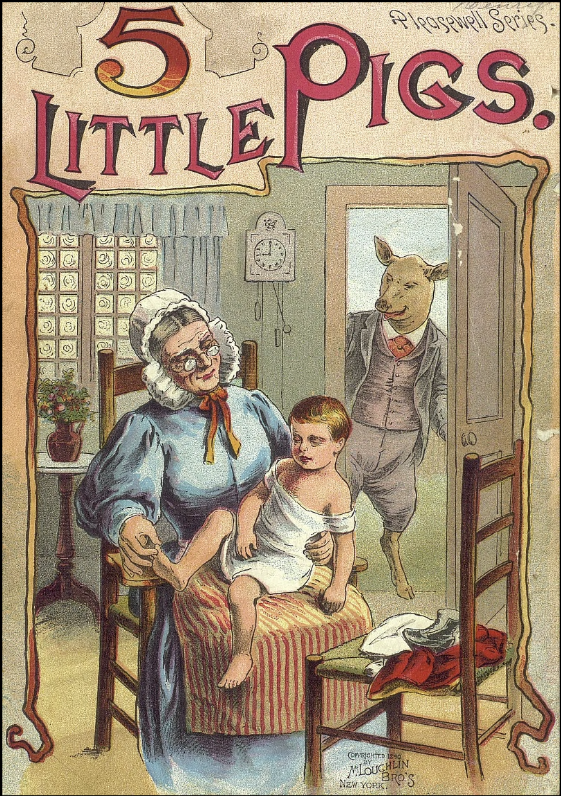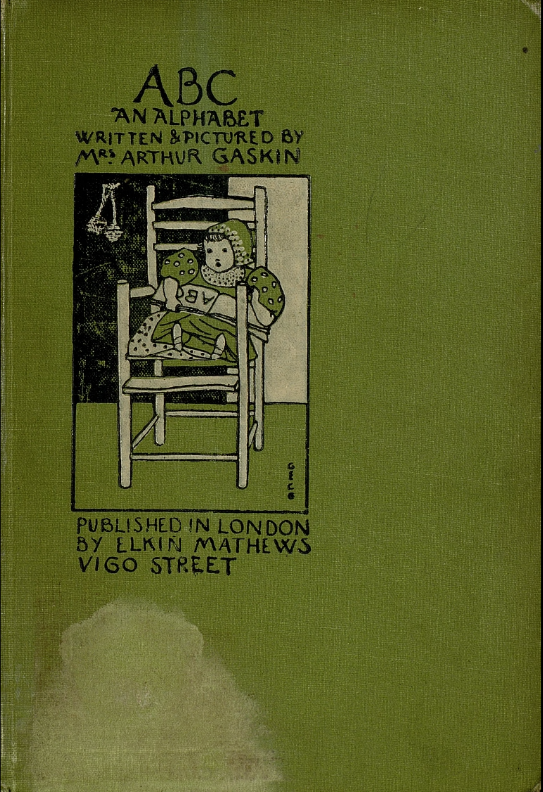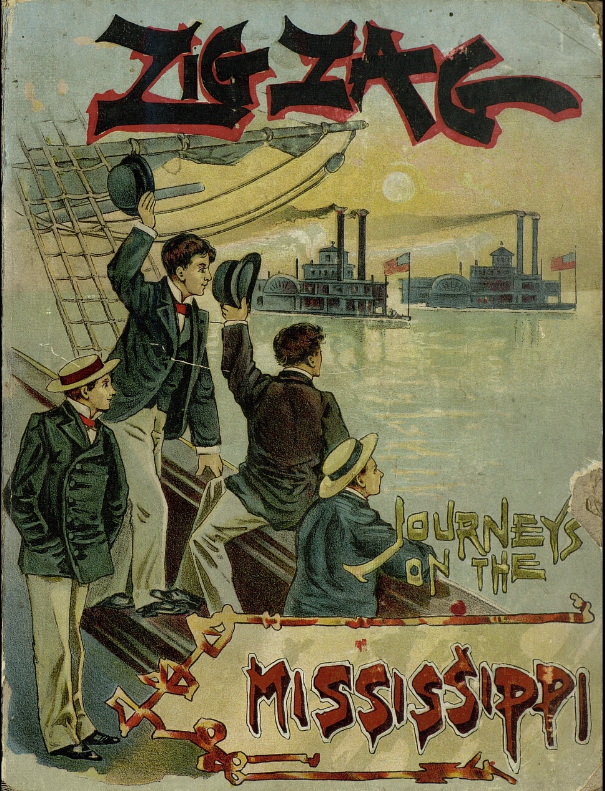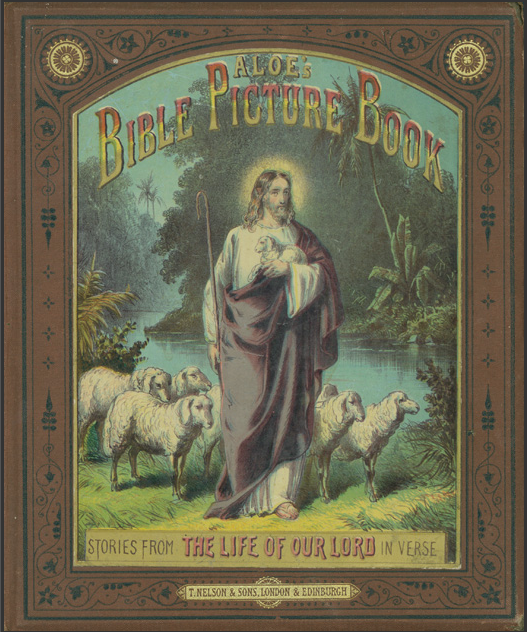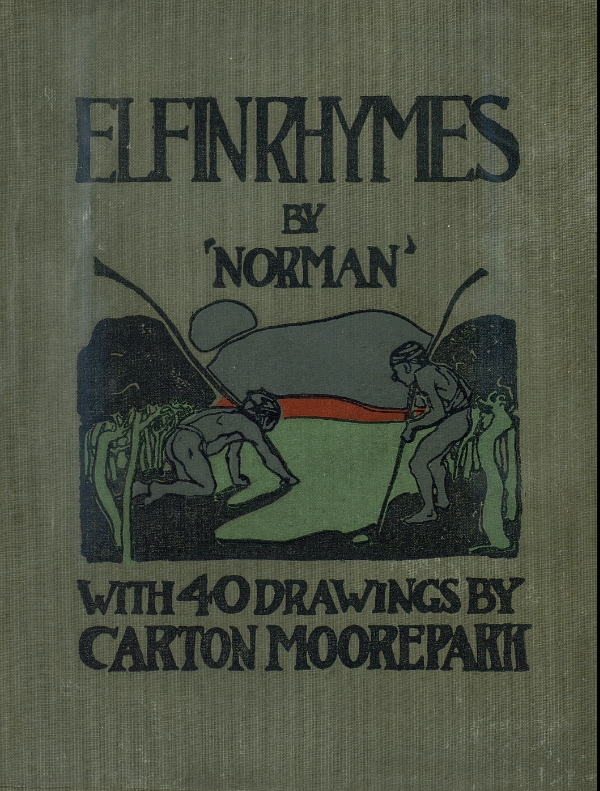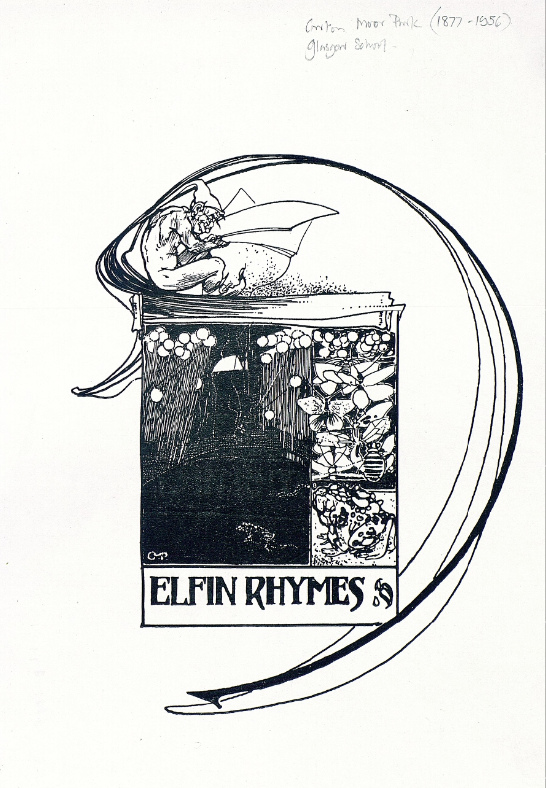So far so good; very few obnoxious characters, no overtly "stupid" women, both have a young female child with "powers", no clueless boyfriends, and both with supportive (not overly snarky) family.
These are not "Great" but they are good, with only a few: "what happened there, that makes no sense at all" moments.
Oh and don't faint, I am reading these in order, as I didn't just find one-in-the-middle in the library, I read a review elsewhere & put them on hold in order written!
E.J. Copperman: Haunted Guesthouse Mysteries:
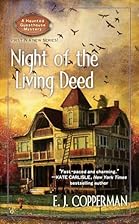
Night of the Living Deed: #1
This was interesting:
A woman purchases an old 7-bedroom seaside mansion in order to turn it into a "Guest House" for vacationers.
As she is repairing it, she is knocked on the head by a heavy bucket of plaster. When she wakes there are two people standing there talking about her.....
The two people happen to be the ghosts of the previous owner & the PI who was looking into the death threats she had been getting when she refused to sell the house to a developer for a large beach front condo project; but they had both been murdered before they could unravel the mystery.
The current owner is also now being threatened... not only does she have to contend with the ghosts who want her to uncover their murderer, she finds out that both her daughter & mother have hidden the fact that they are both able to see & hear the ghosts.
As the story goes along, there are more threats, more damage to the house, the murder of the realtor who sold the house to both women, and the speculation that the original land was sold to George Washington and there is the original deed hidden some place in the house, that no one has been able to locate.
The only things I found fault with were; one of the two ghosts was not likable at all and the fact that the ending was overly contrived and ridiculous (ghosts playing parlor tricks for people/visitors). For the latter I knocked off 1 star.
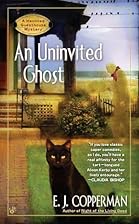
An Uninvited Ghost: #2
I really did like the story, but there was such an improbable ending and such a an unfathomable & unexplained occurrence (which I will explain in the 3rd paragraph) than I had to knock off 2 stars.
Alison runs a guesthouse on the South New Jersey Shore... The Victorian beachfront property that she has restored is now filled with senior guests on a ghost-tour.
Both of the ghosts, Paul & Maxie are in residence, but a new ghost, Scott (who is blind: ok watch for it [pun intended]) has asked Paul & Alison to help him investigate the outcome of a prank that he was asked to play on someone who might have died, however, Scott could not be certain of the outcome as he was unable to see what happened. Paul was contacted via those children's plastic magnetic letters by a person unknown and continued to communicate in said manner until the prank was completed.
So: What I want to know is: If Scott was BLIND, How Could he Possibly See & Read Messages Spelled Out in Plastic-Magnetic Letters? HUH? (Minus 1 Star)
So going smoothly along, Alison's guests are treated to two spook hauntings each day, obliged by Paul & Maxie. When Alison begins to investigate for Scott, she meets the recipient of the "prank" (a spry old woman who loves ghosts) and invites her to the seance that will take place as a part of the "ghost tour".
During the seance, the old woman is murdered, and Alison, Scott, Paul, & Maxie investigate.
Also in the story is the aside of a "Reality Show" being filmed at the same time as the Ghost T our.
I'm not going to "spoil" this review and tell you why the ending was improbable, but once you read it, it will be glaringly obvious, for which I deducted a 2nd Star.

Old Haunts: #3
I'm saying this is a nice series, the characters with the exception of Maxie (the ghost) are all rather likable....
Alison runs a guesthouse on the South New Jersey Shore (which now has an address)... She has booked her 2nd group of Senior Ghost Tour guests when her ex husband shows up, having left California and his 2nd wife & child. While trying to worm his way back into Allison's life via their daughter.
While in the midst of converting the attic into a bedroom for her daughter & Maxie, they come across news of a body discovered under the boardwalk, which is attributed to Maxie's short-term husband biker, Big Bob..... At the same time, ghost Paul, has hired Allison to find out whatever happened to his soon to be fiancee, in order to make closure.
Soon another biker, Luther shows up and hires Allison to look into the murder of Big Bob, and the chase begins as do the anonymous threats. While searching for clues, Allison discovers that another biker went missing on the same night that Big Bob was murdered and that it all ties in to a drug deal gone bad.
Heather Blake: Wishcraft Mysteries:
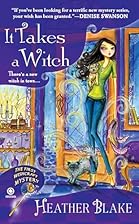
It Takes a Witch: #1 (
 )
)I found this to be surprisingly good. I had seen it before in the Library's catalog and I had avoided it, but as I had run out of books to read (books that interest me at the moment), I thought I'd try something new (not different).
Darcy & her sister (wish-crafters) have gone to live with their Aunt Ve in "Enchanted Village" of Salem, MA. Enchanted Village is a tourist village of shops run and inhabited mostly by witches.
After a town meeting, the newest & most obnoxious resident, Alex(andra) has been found dead by strangulation in the alley. Alex wanted very badly to be a "witch" and worked at "crafting" herbals which made many people break out in hives & boils.... Alex also had a secret that she claimed would prove she was "one of them".
Aside: According to the story, powers were hereditary, and what one power a witch had depended on one's parent. A witch could marry a non-witch, but if the witch disclosed their power, they would lose it but it would be passed to their children. If the witch died the power would pass to the spouse, but the spouse would be unable to use the power...
Back to the story: Alex's Harry Winston diamond watch is missing and Aunt Ve's scarf is found around the dead woman's neck. Aunt Ve's boyfriend, who is found standing over Alex's body, was once dating Alex and is arrested.
Darcy meets Nick, a former detective w/ a a young daughter, they fall for each other & work to discover who really murdered Alex.
There were several entertaining instances of Darcy's "wishcrafting" gone awry but it was fun and fit in well with the rest of the story.
I have the 2nd & 3rd in the series on my reading table....

A Witch Before Dying: #2 (
 )
)The author had a really good idea, but somewhere along the way, with the sabotaging of the wedding that particular part of the story became tedious and fell flat. Yep- you guessed it: - 1 Star!
Darcy (a Wish-Crafter) is asked to clean out the house of Patrice, a hoarder, who has disappeared, by Elodie, Patrice's daughter who has taken over both her mother's Gem shop in the Enchanted Village and her house....
Unbeknownst to Darcy, Patrice owned the most powerful amulet that anyone could own... the Anicula, which would grant anyone's wishes no matter the intent; however if any granted wish was for ill, the Anicula would turn against the wisher.
Six months prior to the disappearance of Patrice the Anicula disappeared and no one has any idea where either are, until, a neighbor innocently (with pure intentions) wishes in front of Darcy to find her missing friend.
Immediately after the wish to find Patrice, a tower of boxes overturns and at the bottom is an old leather trunk, sprung open, with the desiccated remains of Patrice.
No matter the reasoning behind or results of previous wishes, life in the Enchanted Village is beginning to unravel for many of the Crafters as they scramble to uncover the whereabouts of the Anicula.
At the same time, Darcy's Aunt Ve is to be married at the end of the week, but someone is sabotaging the wedding and the groom-to-be is found kissing his long-time secretary, who threatens Darcy.

The Good, the Bad, and the Witchy: #3 (
 )
)Darcy is asked to put together the birthday party for Henriette, a formidable Floracrafter who is about to get married to an elusive fiancee. Darcy is also asked to find & hire a stripper, a task which is an embarrassment to her, so she hires an older man w/ a beer belly....
While waiting for Henriette & birthday cake to arrive, Darcy notices the bakery van outside sitting in the parking lot..... Darcy leaves the party in order to find the errant deliveryman & birthday cake, but what she finds is the body of the deliveryman and an odd light.
The deliveryman, Michael, was an Illumencrafter (bringer of light & joy) and his ghost has imprinted upon Darcy, urging her to find his murderer.
Henriette had been working w/ Michael developing a Black Rose (which she took all the credit for), which was the envy of other Floracrafters. The Black Roses inspired so much envy, that several had been stolen, which put Michael & Henriette in danger. After Michael is found dead, the roses he was working with also died, as it was his "spell" that was keeping them alive.
Just prior to Michael's death, he & his best friend were overheard arguing... After Michael's death is announced to be murder, his best friend (the grandson of Henriette) & Michael's sister immediately disappear.
With the help of Michael's ghost, Darcy works to bring the mystery of Michael's death to its conclusion.
That is the jist of the main story, but every other person is tied into to the story & each other via their relationships with Henriette & Michael, which make for interesting side stories all with threads back to the main.
This was a quick & easy read for me.... The characters are mostly likable and the magical references are pretty tame without extremes.
As an aside, I also read:

The Women of the Souk: a Mamur Zapt Mystery ★ ★ ★ ★ ★ ♥
Michael Pearce
I noticed most people rated this 3 stars..... It takes a particular reader to love & appreciate the Mamur Zapt, and I am one of the few.
Set in Edwardian Cairo, the Mamur Zapt was a political police working for the Khedive (the governor of Egypt and Sudan) at the behest of the English government in order to maintain the tenuous balance of ruling power between the two governments.
The Mamur Zapt is Owen, a Welshman, married to a Pasha's Daughter, Zeinab, (by his favorite Free/Liberated concubine)... Oh yes, and the humor of an educated Egyptian woman who is "free", outspoken, and refusing to wear a veil...
This entry to the series deals with women, at the time they started to become a force to be reckoned with.... thus making it a very interesting read. In fact one of my other favorites in this series: "The Snake-Catcher's Daughter" also dealt with a "modern" thinking young woman.
Marie, one of the Khedive's nieces, has been abducted while in the souk with her "boy friend", a nay (flute) player whom she wishes to marry. Normally a young woman that had been abducted would remain a loss, but Layla, Marie's best friend from the Khedivial (girls school), has taken things into her own hands (as has the Khedive's wife & sister-in-law) and has gone to visit the Mamur Zapt, pushing him into action.
Layla explains to Owen, that really she would have preferred to speak w/ Zeinab, allowing Zeinab to deal with the Mamur Zapt, but as Zeinab is a new mother, Layla & the others decided that it would be too much of an imposition on Zeinab.
There is a lot to this story: Kidnapping, Ransom, Politics, Drugs, Family, Power struggles, Class struggles, and from the beginning the Women.
It was often funny, as are most of the Mamur Zapt books, but the politics is there and they shed a light on the reality of imperialist power grabs, which can still be seen in today's political arenas.
An Excellent book!
 )
)


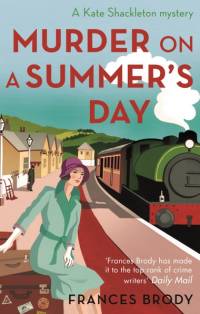
 Little Free Library
Little Free Library According to a
According to a  So, what do 50,000 Little Free Libraries mean for the rest of us? (Besides a healthy shot of literary adorableness?) Here are a few of the benefits:
So, what do 50,000 Little Free Libraries mean for the rest of us? (Besides a healthy shot of literary adorableness?) Here are a few of the benefits:







